Dear Student,
You know that weathering is the process by which soil is formed from the breakdown of rocks. Biological weathering is caused by the activity of living organisms. For example, the roots of trees reaches deep into the soil in search of water and in the due course breaks down the rocks present in its path. Some fungi and lichens also secrete certain chemicals that also cause weathering.
Hope it is clear to you now,
Cheers!
- 0
Types of Biological Weathering
Living organisms can contribute to the process of weathering in many ways.
Biological Weathering By Physical Means
By Plants
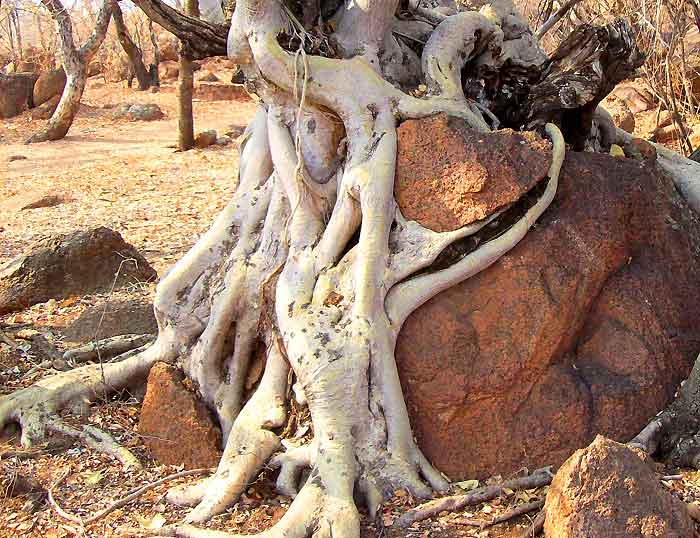
- Plants can grow anywhere as long as there is water. Roots of trees or plants in general can biologically weather rocks by growing into the cracks and fractures of rocks and soil. As a result, they become more prone to breakage and eventually fall part.
By Animals
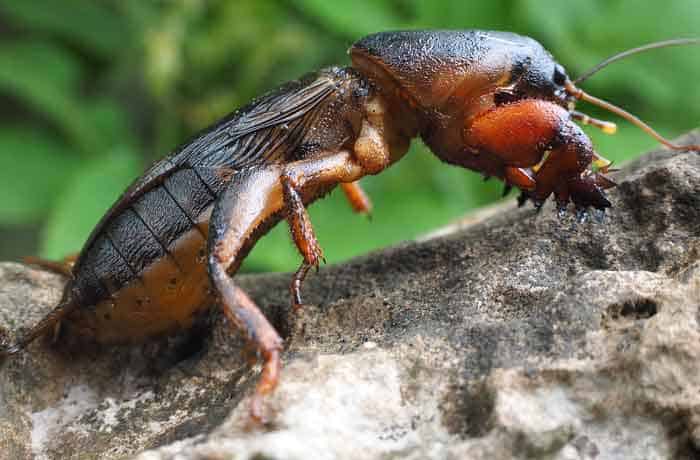
![]()
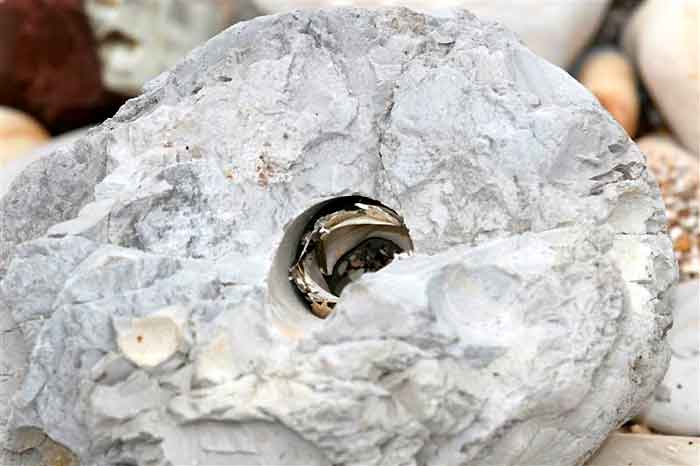
![]()

![]()
Biological Weathering By Chemicals/Organic Compounds
In this type of weathering, living organisms contribute through their organic compounds that contain molecules that acidify and corrode rock minerals. Because of such mechanism, biological weathering is also referred to as organic weathering.
By Plants
By Animals
By Microorganisms
Despite their minute size, did you know that some microorganisms can also break down the largest of rocks and hardest of soil?
Extreme Biological Weathering Examples
Ankor Wat Temple | Cambodia
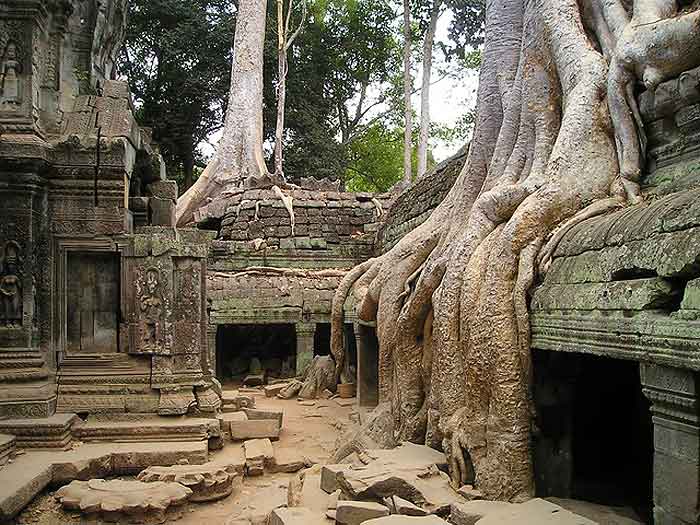 Sandstone in Lower Antelope Canyon, Arizona | USA
Sandstone in Lower Antelope Canyon, Arizona | USA
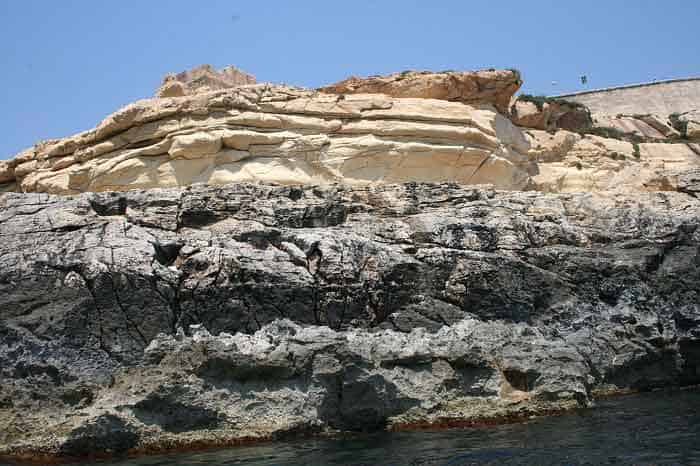
- Burrowing animals like shrews, moles, earthworms, and even ants contribute to biological weathering. In particular, these animals create holes on the ground by excavation and move the rock fragments to the surface. As a result, these fragments become more exposed to other environmental factors that can further enhance their weathering.
- When animals like birds forage for seeds and earthworms, they create holes and erode the upper surface of the soil, thus, contributes to weathering.
- An animal called the Piddock shellcan drill into rocks in order for it to protect itself. By producing acids that can disintegrate the rock and turn it into fragments, it can create cracks and fractures and eat the minerals found in it.
- Like any other animal, humans can also indirectly contribute to biological weathering. By merely walking and running makes the soil particles crushed into smaller pieces. Other human activities such as planting and road construction can also contribute to biological weathering.
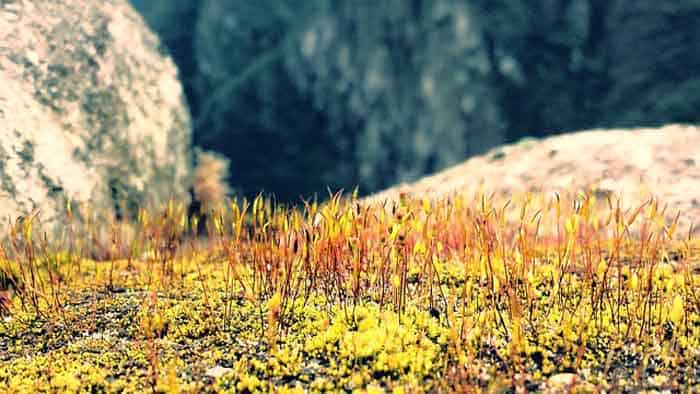

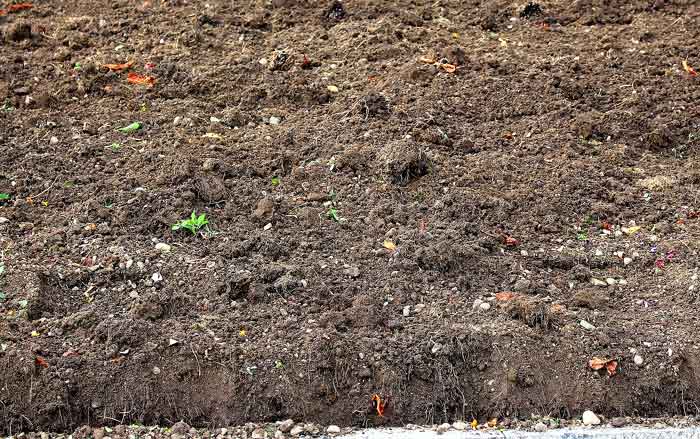

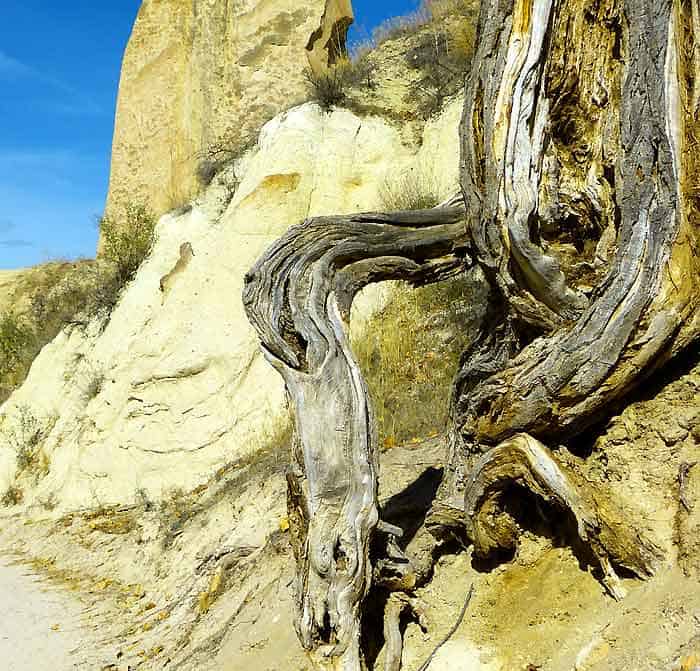

- When the roots of plants grow deeper into the soil, they tend to create cracks and crevices in marbles and lime stones by producing certain acids that can eventually degrade them.
- According to studies, the mere presence of roots in the soil can wear out soil and rocks through the presence of humus.Humus, an organic component of the soil, can increase the availability of water, which then enhances the physical and chemical breakdown of rocks.
- When plants die, their roots (and other parts as well) are decomposed and are later on converted to organic matter which produces carbon dioxide. This carbon dioxide (CO2), when combined with water (H2O), produces weak carbonic acidwhich can degrade the surfaces of rocks and rock particles.


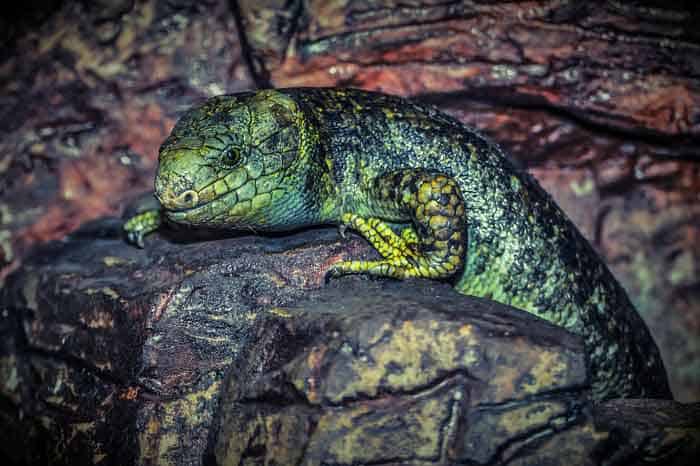

- While ants and termites can contribute to the physical breakdown of rocks, these animals can also contribute to their biological degradation. Aside from creating holes and passages in the ground, these animals also make possible the easy passage of oxygen and water to the soil, which in turn, bring the dissolution of soil, rocks, and rock particles alike.
- When animals die, their bodies are converted to substances, which when combined with minerals found in the soil and rocks, can contribute to their degradation.
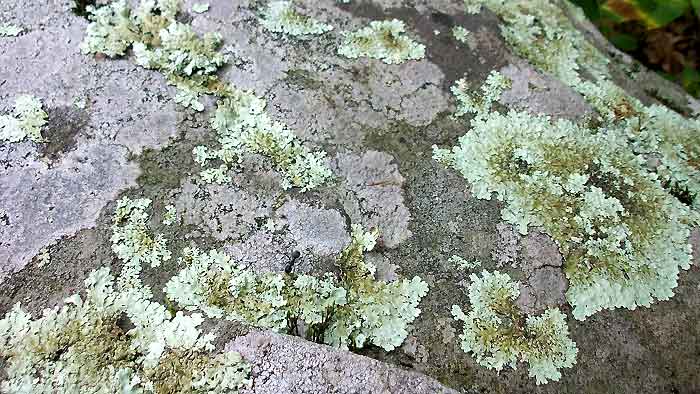

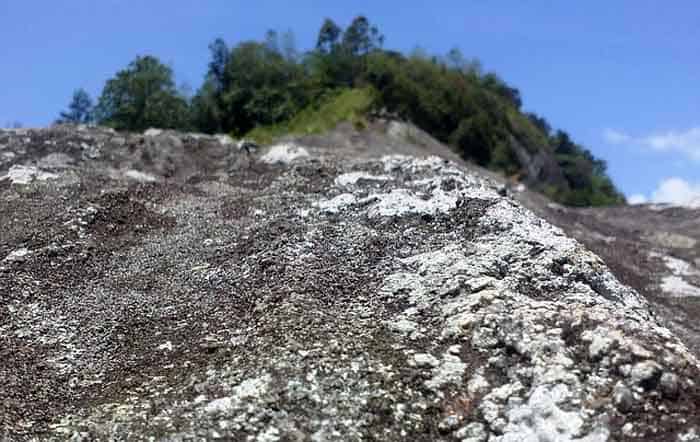

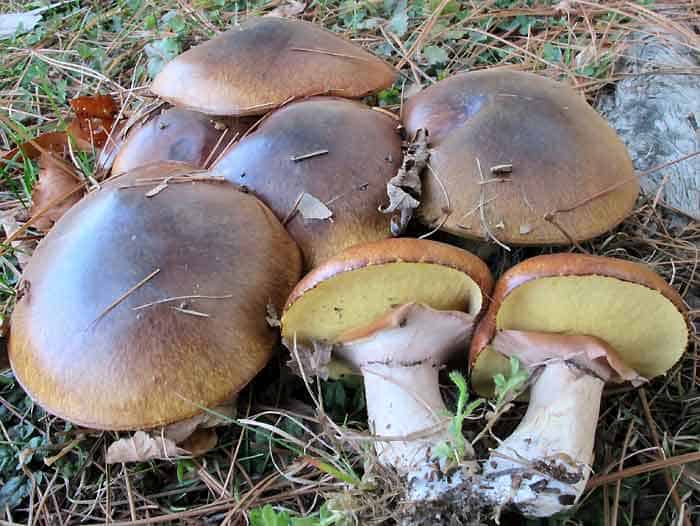


Source: Wikimedia 
- One example of such activity is exhibited by lichens. In general, a lichen is a symbiosis between an algaeand a fungus.
- The minerals in rocks are liberated when a fungus releases chemicals that can break them down. Such minerals are then consumed by the alga, further causing the wearing and development of cracks and gaps on the rock. As a result, cracked rocks become more prone to disintegration.
- Some fungi produce siderophores, a type of chelating agentwhich can absorb various minerals and nutrients from the soil. By trading cations for hydrogen ions, siderophores make the soil more acidic, hence more prone to degradation.
- Another good example of biological weathering of rocks is by a group of bacteria called Actinomycetes. According to a study published in the Journal Microbial Ecology, these bacteria through acid production, mineral solubilization, and metal leaching have successfully degraded rocks in Egypt.
- 1
Types of Biological Weathering
Living organisms can contribute to the process of weathering in many ways.
Biological Weathering By Physical Means
By Plants

- Plants can grow anywhere as long as there is water. Roots of trees or plants in general can biologically weather rocks by growing into the cracks and fractures of rocks and soil. As a result, they become more prone to breakage and eventually fall part.
By Animals

![]()

![]()

![]()
Biological Weathering By Chemicals/Organic Compounds
In this type of weathering, living organisms contribute through their organic compounds that contain molecules that acidify and corrode rock minerals. Because of such mechanism, biological weathering is also referred to as organic weathering.
By Plants
By Animals
By Microorganisms
Despite their minute size, did you know that some microorganisms can also break down the largest of rocks and hardest of soil?
Extreme Biological Weathering Examples
Ankor Wat Temple | Cambodia
 Sandstone in Lower Antelope Canyon, Arizona | USA
Sandstone in Lower Antelope Canyon, Arizona | USA

- Burrowing animals like shrews, moles, earthworms, and even ants contribute to biological weathering. In particular, these animals create holes on the ground by excavation and move the rock fragments to the surface. As a result, these fragments become more exposed to other environmental factors that can further enhance their weathering.
- When animals like birds forage for seeds and earthworms, they create holes and erode the upper surface of the soil, thus, contributes to weathering.
- An animal called the Piddock shellcan drill into rocks in order for it to protect itself. By producing acids that can disintegrate the rock and turn it into fragments, it can create cracks and fractures and eat the minerals found in it.
- Like any other animal, humans can also indirectly contribute to biological weathering. By merely walking and running makes the soil particles crushed into smaller pieces. Other human activities such as planting and road construction can also contribute to biological weathering.






- When the roots of plants grow deeper into the soil, they tend to create cracks and crevices in marbles and lime stones by producing certain acids that can eventually degrade them.
- According to studies, the mere presence of roots in the soil can wear out soil and rocks through the presence of humus.Humus, an organic component of the soil, can increase the availability of water, which then enhances the physical and chemical breakdown of rocks.
- When plants die, their roots (and other parts as well) are decomposed and are later on converted to organic matter which produces carbon dioxide. This carbon dioxide (CO2), when combined with water (H2O), produces weak carbonic acidwhich can degrade the surfaces of rocks and rock particles.




- While ants and termites can contribute to the physical breakdown of rocks, these animals can also contribute to their biological degradation. Aside from creating holes and passages in the ground, these animals also make possible the easy passage of oxygen and water to the soil, which in turn, bring the dissolution of soil, rocks, and rock particles alike.
- When animals die, their bodies are converted to substances, which when combined with minerals found in the soil and rocks, can contribute to their degradation.







Source: Wikimedia 
- One example of such activity is exhibited by lichens. In general, a lichen is a symbiosis between an algaeand a fungus.
- The minerals in rocks are liberated when a fungus releases chemicals that can break them down. Such minerals are then consumed by the alga, further causing the wearing and development of cracks and gaps on the rock. As a result, cracked rocks become more prone to disintegration.
- Some fungi produce siderophores, a type of chelating agentwhich can absorb various minerals and nutrients from the soil. By trading cations for hydrogen ions, siderophores make the soil more acidic, hence more prone to degradation.
- Another good example of biological weathering of rocks is by a group of bacteria called Actinomycetes. According to a study published in the Journal Microbial Ecology, these bacteria through acid production, mineral solubilization, and metal leaching have successfully degraded rocks in Egypt.
- 1

